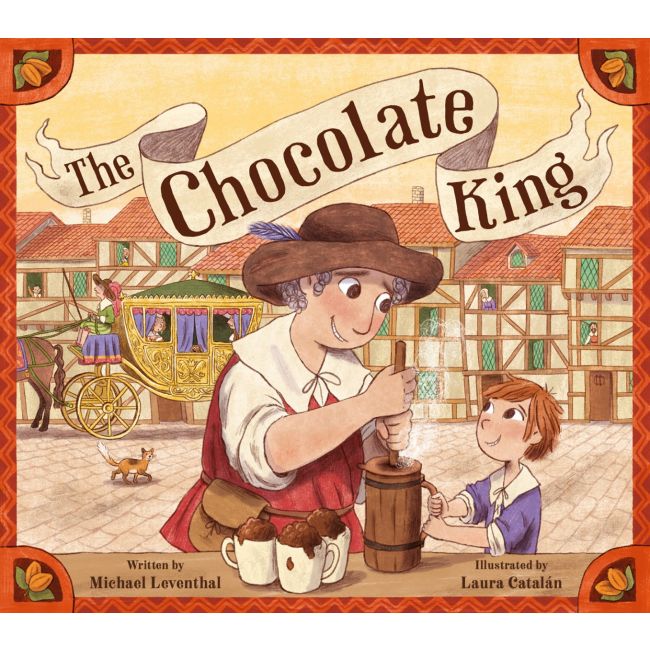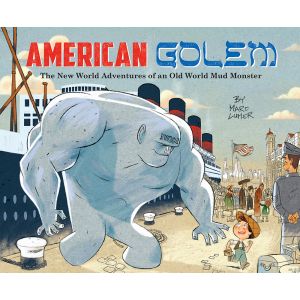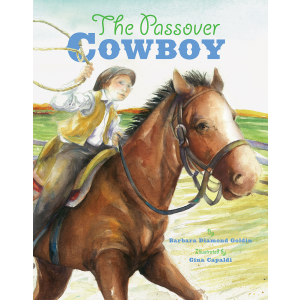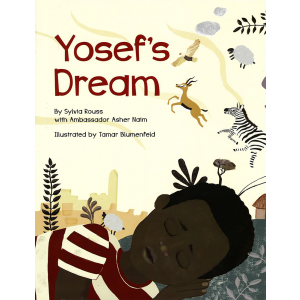The Chocolate King
Benjamin dreams of making chocolate like his grandfather Marco--roasting and grinding the cocoa beans, and stirring it just right. Back in Spain, Marco was known as the Chocolate King for his incredible hot chocolate! But here in France, most people in town have never had chocolate. They think it looks strange, like mud. It just may take a chocolate catastrophe to change their minds.
Set in France in the mid-1600's, this intergenerational story of one family's part in the migration of chocolate from the Americas to Spain and then to France and other parts of Europe includes an age-appropriate look at the Jewish expulsion from Spain:
"They called me El Rey del Chocolate . . . The Chocolate King!"
"But one day," Marco said sadly, "we heard that the royal court wanted anyone who wasn't Catholic to leave the country -- including Jewish people like us. We stayed in Spain for as long as we culd, but finally we had to leave."
An 8-page fold-out includes an illustrated, bite-sized history of chocolate and the Jewish community, and a look at how cocoa beans are made into chocolate, all extensively researched, plus a recipe for thick hot chocolate from Claudia Roden.
Reviews
Michael Leventhal and Laura Catalán’s new picture book tells the surprising story of Jewish refugees from Spain who brought chocolate to France in the seventeenth century. Weaving together fairy tale elements and history, Leventhal illustrates the persistence of one Jewish family as they enrich the culture of their new home.
This rags-to-riches tale begins with family history, as young Benjamin’s grandfather Marco explains how the Inquisition and the Spanish monarchy reduced him, a once-successful Jewish merchant, to poverty. Trade with the new American colonies had brought cocoa beans, long used by both the Mayans and Aztecs, to Europe. When the king and queen began to drive Jews out of their country, thriving entrepreneurs had to leave with the cocoa beans that they hoped would be their family’s treasure. This reversal of fortune threatened to dethrone Marco, the Chocolate King, permanently. But, as in most folk tales, circumstances change and fidelity to a dream pays off, although Marco is as pragmatic as he is visionary. After all, he points out, making chocolate was his only skill.
Catalán’s lively and detailed illustrations make the past tangible to young readers. Period costumes and settings point to a faraway time, but her characters’ facial expressions signal universal truths. In addition to straightforward narrative, some images are accompanied by Leventhal’s comedic captions. A woman sticking her tongue out proclaims, “That’s the worst glop I’ve ever seen,” while an open-minded child smiles and concludes that chocolate is great. Like a Brueghel painting, both domestic interiors and crowded streets contain different areas of focus as individuals engage in a flurry of activities. Leventhal and Catalán’s story is as universal as food, family, and finding a new home.
This highly recommended book includes an illustrated timeline and a hot chocolate recipe by Claudia Roden.
--Emily Schneider, Jewish Book Council






